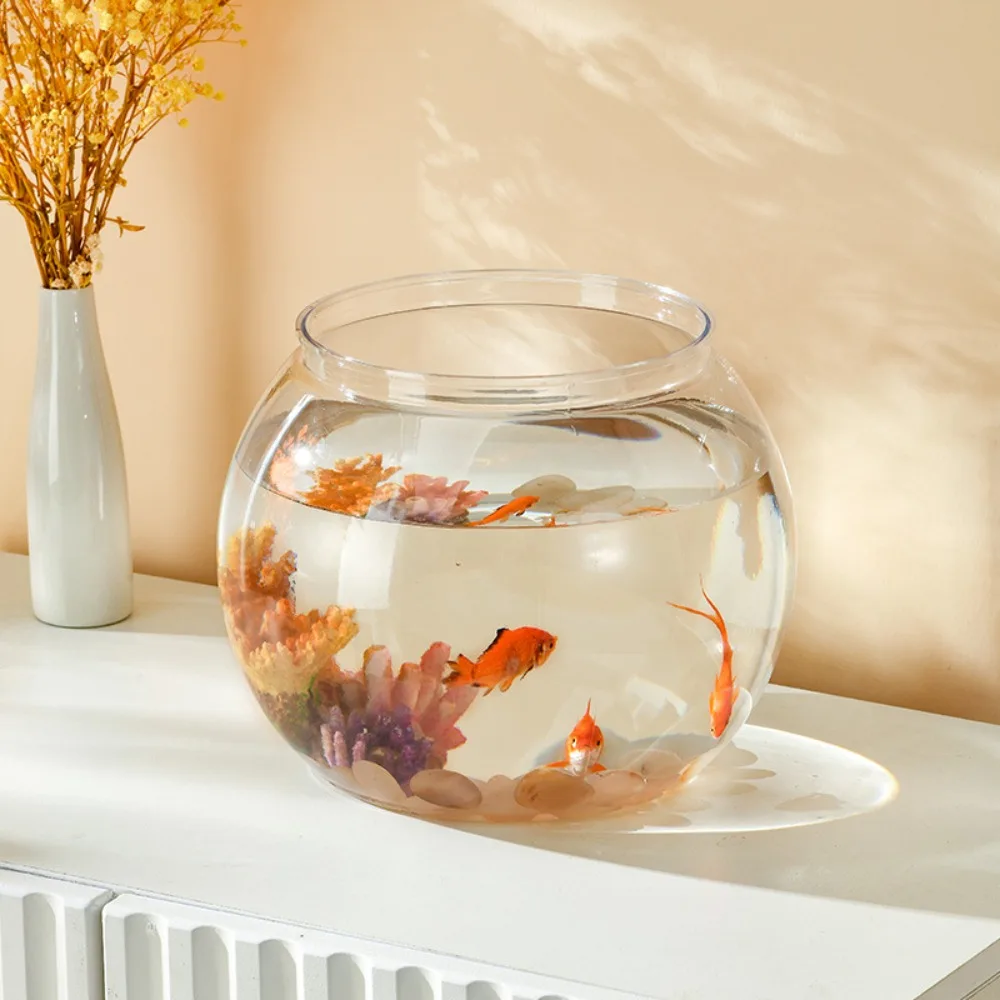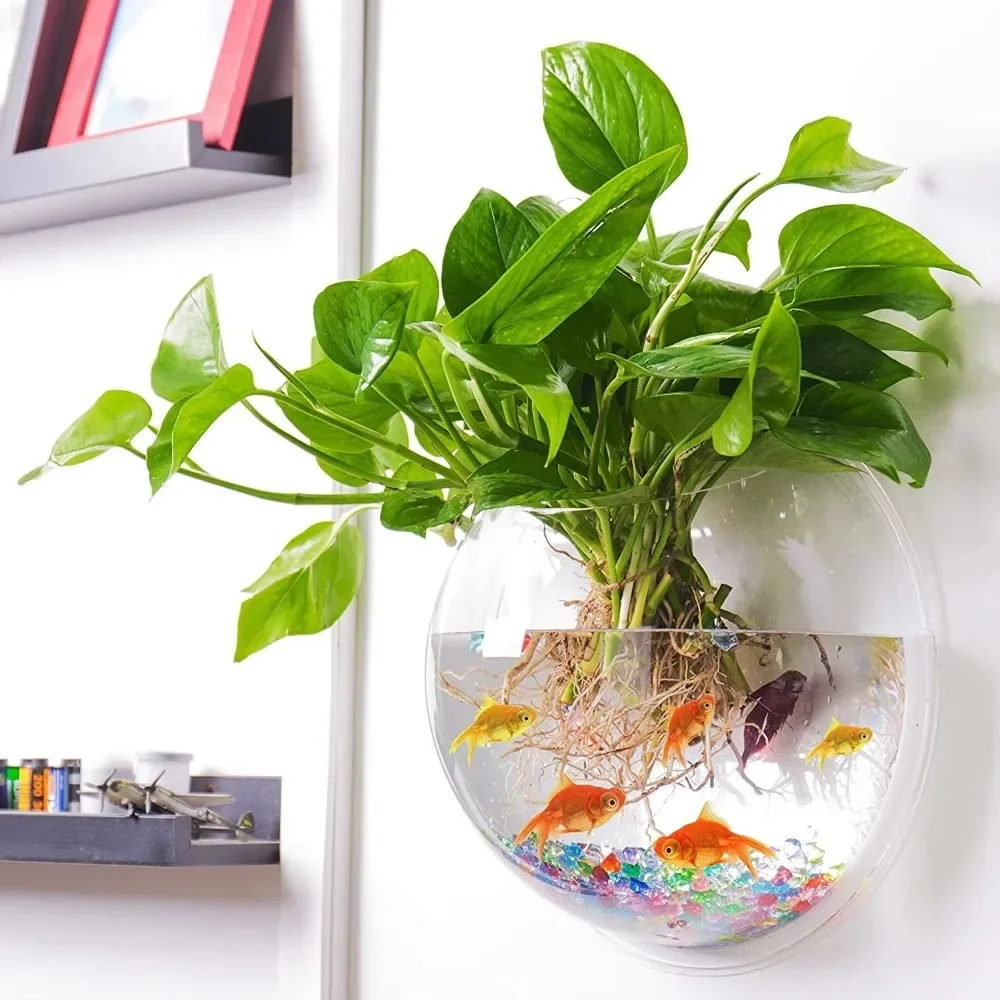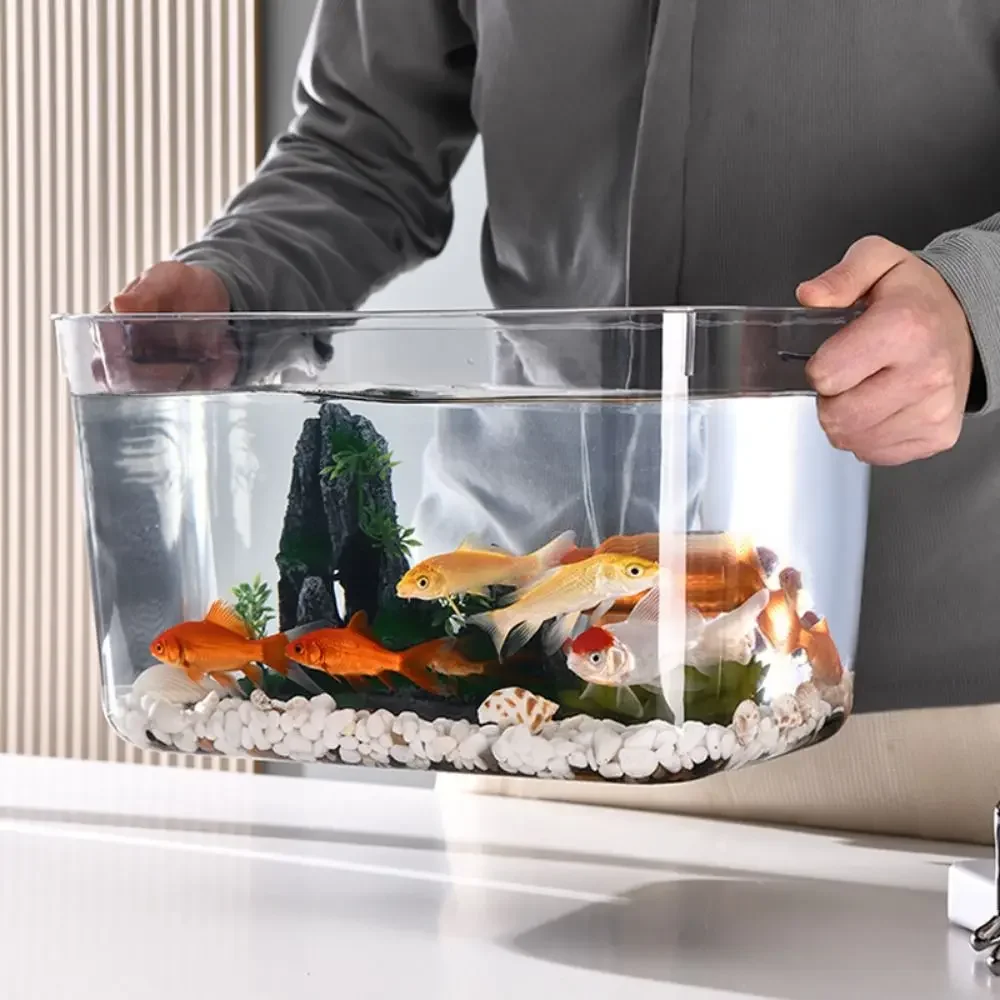Creating a thriving aquatic environment for your fish is a rewarding endeavor, but it also comes with unique challenges. One of these challenges is dealing with mold in your fish tank. Mold can be harmful to both the health of your aquatic life and the overall aesthetic of your aquarium. Understanding the causes, prevention, and solutions is critical for maintaining a clean and healthy habitat.
Understanding Mold in Aquariums
Mold is a fungus that can thrive in damp environments, making aquariums a potential breeding ground if conditions are right. It generally appears as a fuzzy growth on the tank’s surfaces, decorations, or substrate. While some types of mold can be harmless and natural, others can pose a risk to fish and other aquatic organisms. The presence of mold in your tank often serves as a warning signal that the environmental balance is off. Common factors contributing to mildew and mold growth include poor water quality, excess organic matter, and inadequate filtration and circulation. Understanding these factors is crucial in preventing mold from becoming a persistent issue in your aquarium.
The main types of mold that may appear in fish tanks include terrestrial molds that come from materials introduced into the aquarium, as well as molds that can develop on organic matter such as uneaten food or decaying plant matter. Regular observation of your fish tank will help you identify any unusual growths that could indicate a mold issue. It’s essential to take immediate action, as mold can break down water quality and introduce toxic compounds that affect the health of your fish.

Identifying Mold Growth in Your Tank
Recognizing the signs of mold growth is vital for taking timely action. The most common indication of mold is the appearance of fuzzy-looking growths on various surfaces within the aquarium. These mold patches can either be black, grey, or green, depending on the species of fungi present. Additionally, you may notice a foul smell emanating from the tank, which usually indicates organic decay or mold. Such odors can negatively impact both the fish and the overall enjoyment of the aquarium.
Another distinguishing feature of mold growth is its texture. Unlike algae, which tends to be green and slimy, mold generally has a fuzzy or cotton-like appearance. It can adhere to rocks, tank walls, or any decorations inside the aquarium. Regular tank maintenance, including substrate cleaning and water changes, can help identify these growths early and prevent them from proliferating. Employing visual checks and using a flashlight to examine hard-to-see areas can also aid in identifying hidden mold growths that can become problematic.
Causes of Mold in Fish Tanks
Understanding the root causes of mold in your fish tank is essential for effective management and prevention. One primary factor is poor water quality, often exacerbated by a lack of regular maintenance. Nutrient overload, particularly nitrates and phosphates, creates an environment conducive to mold. Moreover, if organic waste like leftover food, fish waste, or dead plant matter isn’t appropriately removed, it can lead to excessive nutrient levels that promote mold growth.
Inadequate filtration and aeration also play significant roles in this issue. A tank that lacks proper water flow can create stagnation, which is a breeding ground for molds and fungi. Choosing the right filter is crucial, as some filters may not sufficiently circulate or clean the water. Likewise, the tank’s lighting can indirectly influence mold growth. Intense lighting can encourage the growth of unwanted algae, while also deteriorating water conditions that could favor mold.
Additionally, introducing materials into the tank without proper cleaning can introduce mold spores. Driftwood, rocks, and other decorations should be treated or rinsed thoroughly before entering the aquarium. All these factors combine to create an environment that favors mold over healthy aquatic life.
Prevention Strategies for Mold Growth
Preventing mold in your aquarium requires a multi-faceted approach. First and foremost, maintaining pristine water quality is crucial. Regular water changes—approximately 10% to 20% of the tank volume each week—can significantly reduce organic waste and prevent nutrient overload. Testing your water for pH, ammonia, nitrate, and phosphate levels can also help you spot issues before they escalate. Invest in good-quality test kits and routinely monitor parameters.
Another vital prevention strategy involves thorough tank cleaning. Use algae scrapers, siphons, and nets to remove detritus and organic waste regularly. It’s important to clean not just the substrate but also the decorations and equipment in your tank. Make cleaning a routine task: when you do water changes, take the time to scrub the glass, vacuum the substrate, and change filter media as necessary.
Proper aeration and circulation are equally important. Opt for a filter that suits the size of your tank, and consider additional aeration methods, such as air stones. This will help achieve good water movement, ensuring that areas prone to stagnation are addressed. Lastly, refrain from overfeeding your fish, as uneaten food contributes to organic waste. Regularly monitor your feeding schedule and adjust portions appropriately to keep your tank’s ecosystem balanced.

Solutions for Existing Mold Problems
If mold has already taken hold in your aquarium, fear not; there are effective strategies for addressing the issue. First, the immediate step is to remove any visible mold. Use a clean sponge or algae scraper to carefully remove the fuzzy patches from tank surfaces, decorations, and substrate without disturbing your fish too much. Be cautious to avoid scratching the glass or cluttering the substrate layer.
Next, consider increasing water circulation. Adjusting the filter settings and adding a powerhead can help improve water flow, which is crucial for eliminating stagnant areas where mold thrives. Additionally, you can introduce beneficial bacteria into your tank. Products containing live bacteria can aid in breaking down organic waste and improving overall water quality, thus minimizing conditions favorable for mold.
Another solution involves using natural treatments. Some aquarists recommend adding certain species of snails, such as Malaysian trumpet snails, which consume organic waste and detritus, curbing mold growth indirectly. Furthermore, introducing certain fish known for their cleanup abilities—such as Otocinclus or Corydoras—can help manage the organic load in your tank. If the problem persists despite your best efforts, you may need to consider a complete tank breakdown for cleaning. This process, while labor-intensive, can help eradicate persistent mold spores and renew the environment for your aquatic life.
Long-term Management and Care
Long-term management of mold in your aquarium is about instilling consistent maintenance habits and regularly evaluating the health of your aquatic environment. Creating a routine for tank maintenance—including water changes, cleaning, and monitoring water parameters—will not only help in preventing mold growth but will also contribute to the overall health of your fish.
Incorporate check-ins at least once a week. Use a dedicated aquarium journal to track your observations, water parameters, and maintenance tasks. Documenting these details will make it easier to identify trends or problems early on, allowing for timely interventions.
Additionally, it’s wise to educate yourself continually about the aquatic species you own. Different fish and plants have various needs, and ensuring you’re meeting those needs is essential for preventing issues like mold growth. Consult aquarist forums, read books, and engage with local aquarium clubs to broaden your knowledge and share ideas with fellow enthusiasts.
Lastly, invest in high-quality aquarium products, from filters to decorations, as they significantly contribute to the ecosystem you’ll be maintaining. A sound setup can drastically reduce the likelihood of encountering mold and other ecological problems, ensuring a thriving aquatic community for both you and your fish.

Conclusion: A Sustainable Approach to Aquatic Care
In conclusion, addressing mold in your fish tank is an ongoing journey that entails understanding its causes, recognizing the signs early, and employing effective prevention and management strategies. By maintaining high water quality, implementing routine maintenance, and addressing any issues as they arise, you can create a beautiful, thriving aquatic environment. Your fish tank can become a source of joy and wonder while fostering a sustainable ecological balance.
Taking a holistic and informed approach to aquarium care will not only benefit your fish but will also enhance your enjoyment of this serene hobby. Each step you take—in preventing mold, managing its effects, and continually educating yourself—strengthens your commitment to this fascinating aquatic world. By adopting a mindset of sustainability and responsibility, you’ll ensure that your fish tank remains a healthy environment for years to come.










